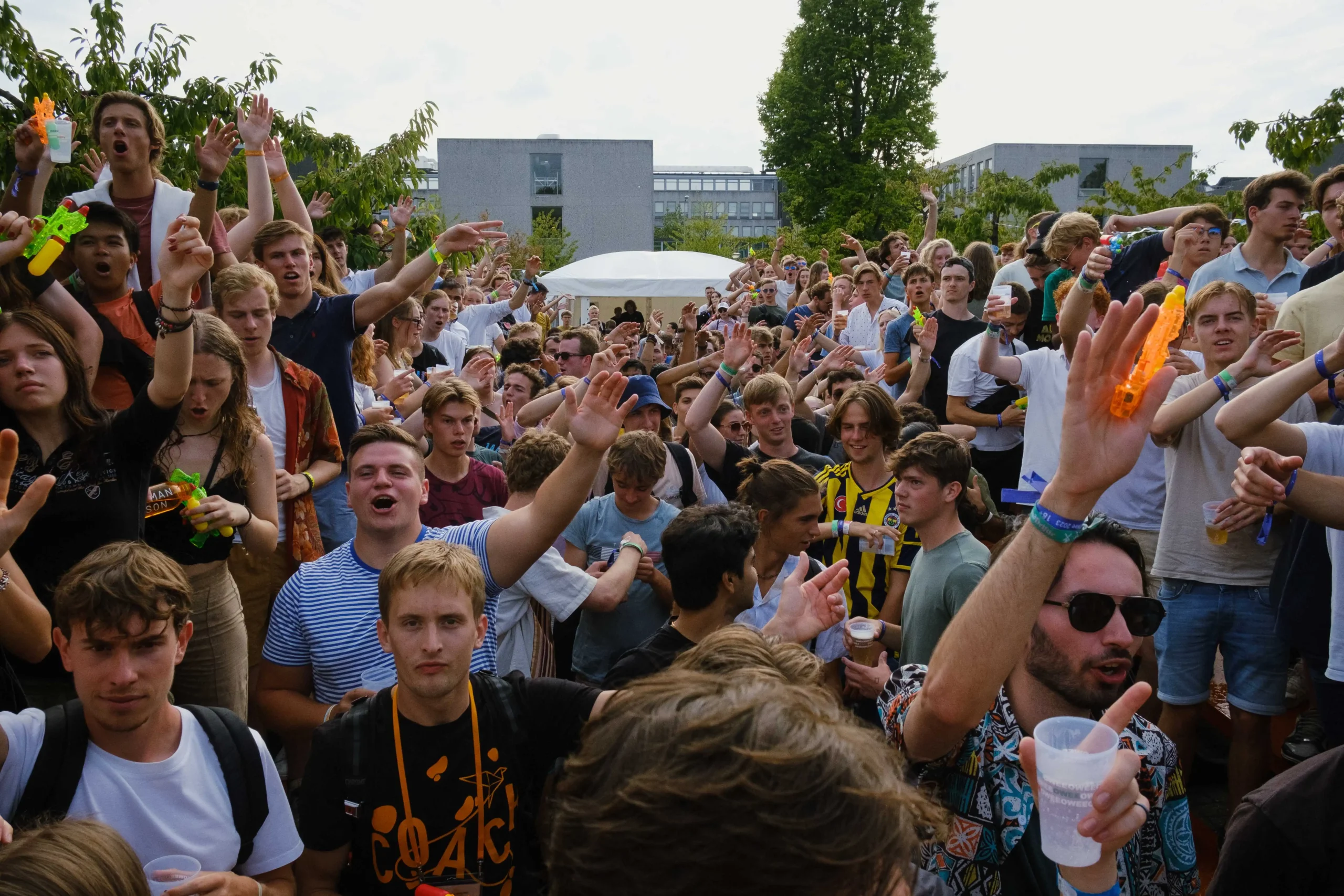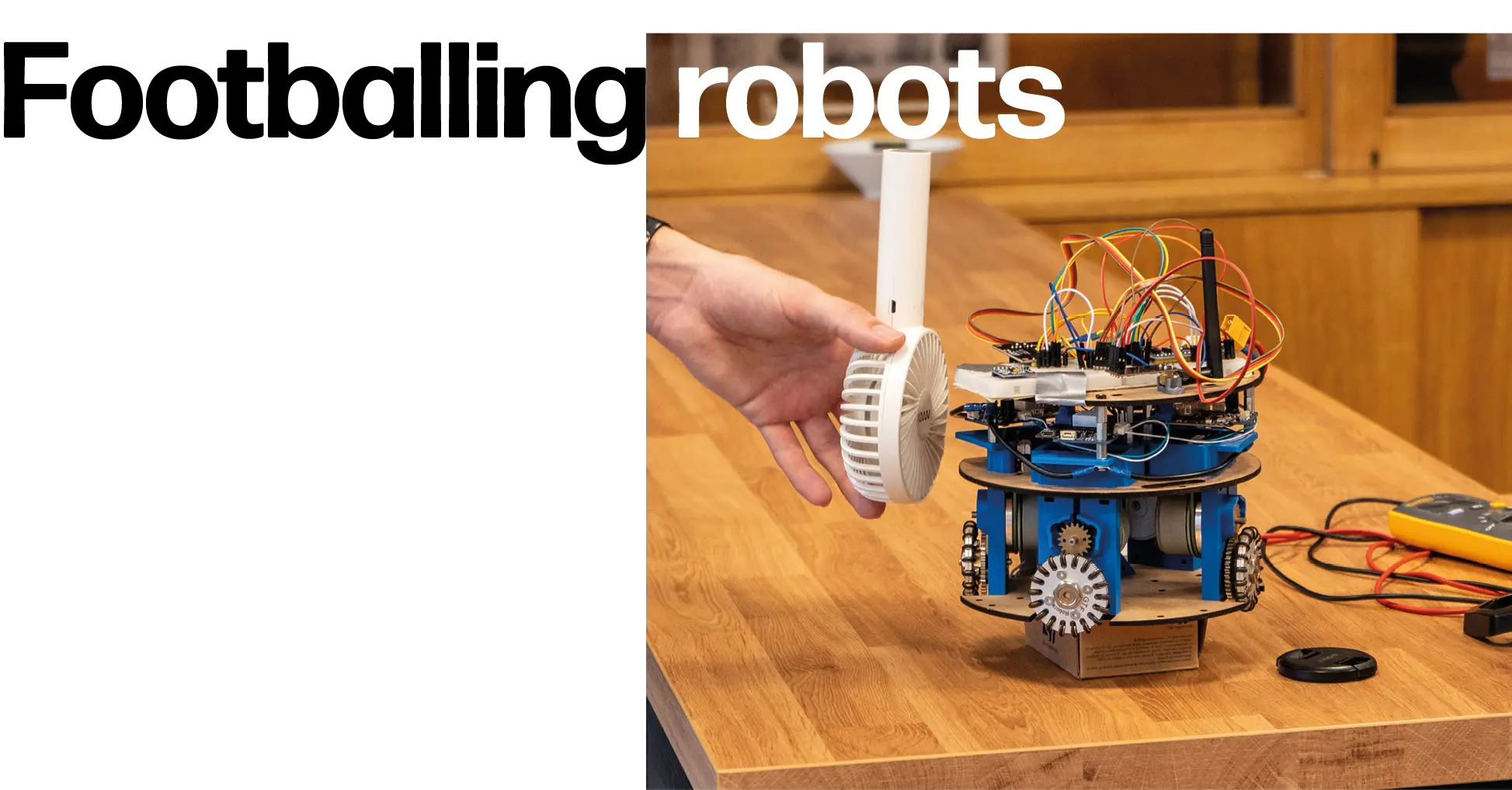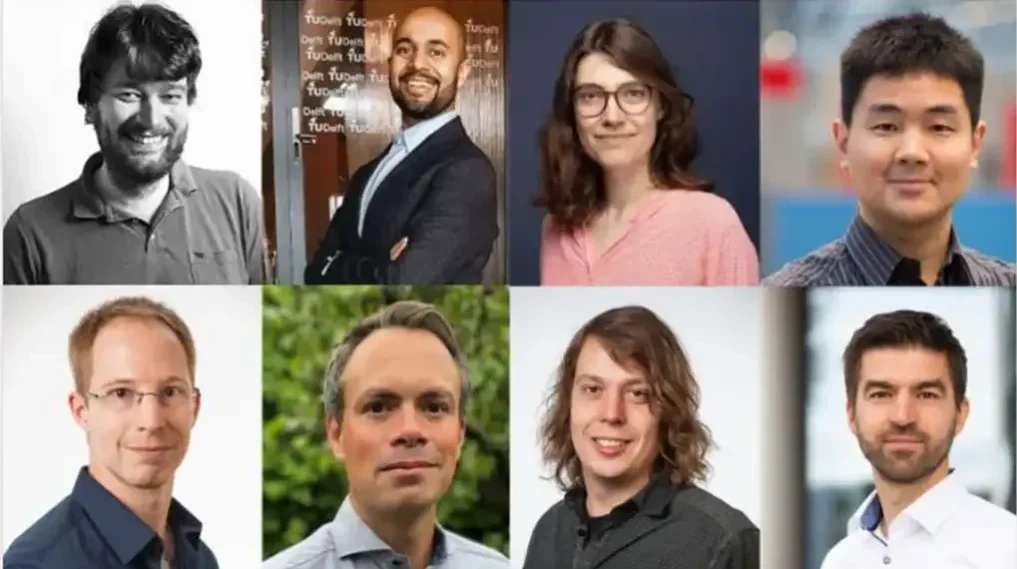OWee
Fifty years after the inaugural Owee introduction week, much has changed and much has stayed the same, former chairman Max van der Laan (86) explains. And he should know, having chaired the Owee committee for a staggering 36 years. The very first Owee, organised in 1974, drew a crowd of approximately 800 first-year students, a far cry from the 3000 new students attending the 2023 edition. “We wanted students to get to know the university and student clubs and feel at home in Delft,” Van der Laan recalls. Van der Laan was never bored by the recurring fixture at the start of the academic year: “The students were different every year, and so was the atmosphere. It’s fair to say that it has kept me young.”
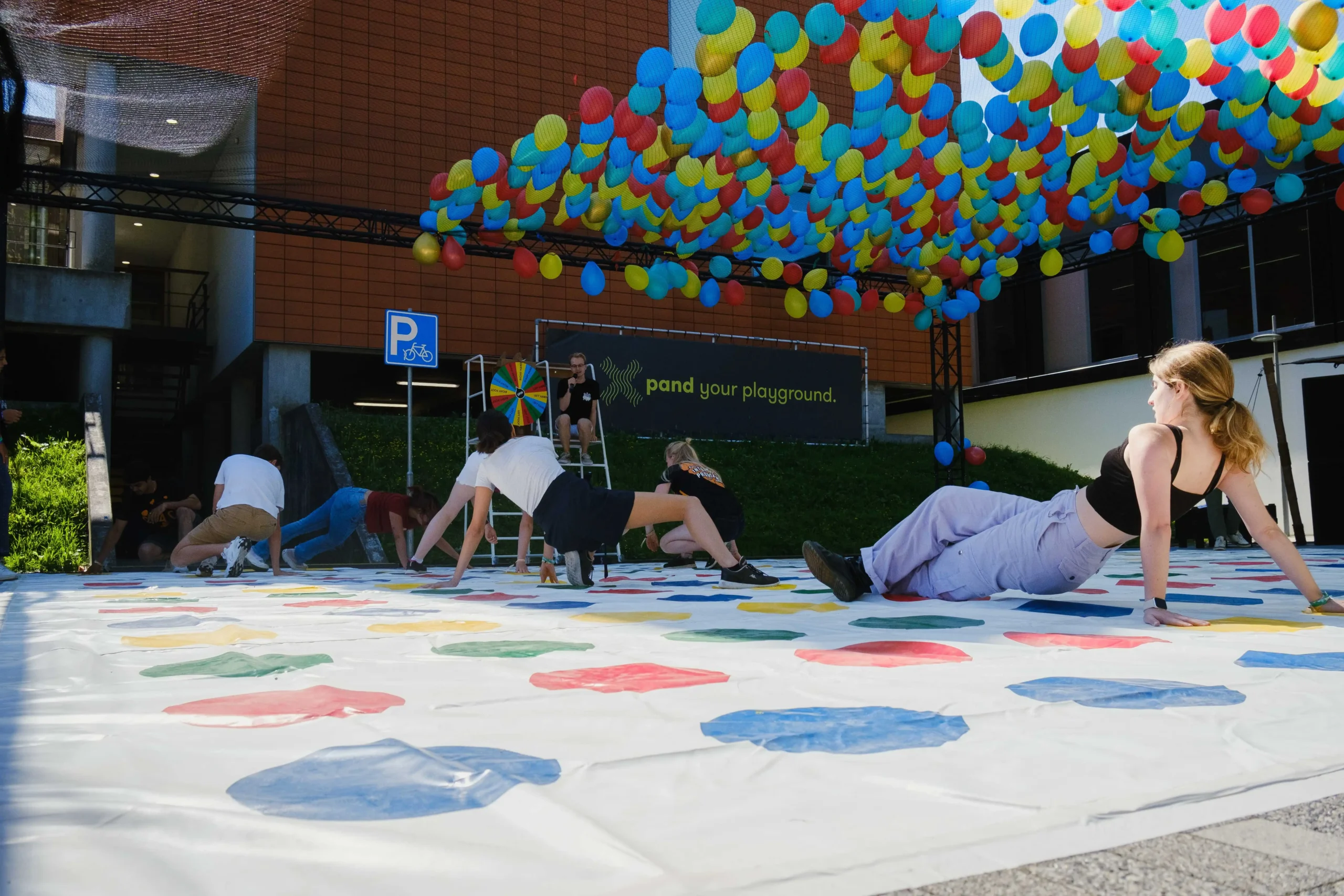
© Jaden Accord
Podcast
Antoni van Leeuwenhoek
In the podcast series ‘A world of secrets; scientists in the footsteps of Antoni van Leeuwenhoek’, five Delft researchers go back in time to discover how the legendary scientist discovered bacteria. Van Leeuwenhoek became the first person in the world to see a bacterium by using a homemade microscope, laying bare a new miniature world. Dirk van Delft, Van Leeuwenhoek biographer, takes listeners on a tour of 17th-century Delft. In the episodes, you also discover modern-day Antonis: researchers Cees Dekker, Doris van Halem, Mathias Peirlinck, Willemijn Elkhuizen and Dimphna Meijer. You can listen to the podcast on Spotify and all podcast apps.
PHYSICA AWARD
In May, professor of molecular biophysics Nynke Dekker was presented with the Physica Award for her work on organic processes. Every year, this prestigious award is handed to a preeminent physicist working in the Netherlands. The Jury praised Dekker for “inventing and developing innovative physical methods that she applies to current and relevant topics in biology and medicine”. Dekker’s work revolves around DNA and RNA multiplication, which happens every time a cell divides and every time a virus infects a human being. Among other things, she studied virus inhibitors, such as those used to combat COVID-19.
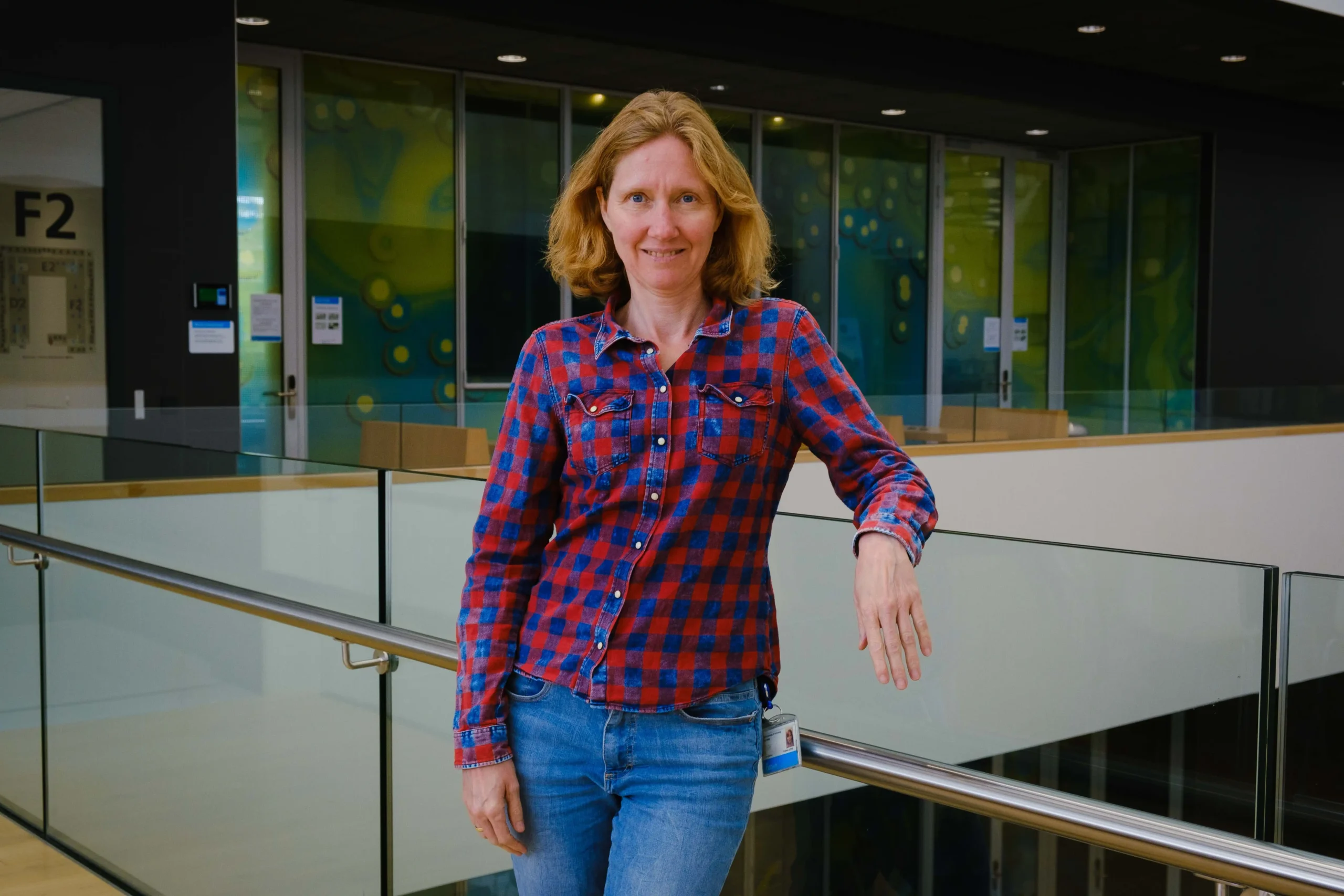
© Jaden Accord
© Unsplash
TU Delft and the Kavli Institute of Nanoscience have received a $5 million grant from the Kavli Foundation to develop a quantum equivalent of telecommunications. Researchers expect that fully functioning quantum systems will become more and more common in the future, ushering in the need for a system capable of sending and receiving quantum information, similar to what our current telecommunications network does for computer signals. “We need to find a bridge from the qubit bandwidth, which only spans a few gigahertz, to the telecoms bandwidth, which is hundreds of gigahertz wide,” says project coordinator Mazhar Ali. The aim is to be able to demonstrate at least one form of quantum telecommunication around 2028.
Open science
In September, outgoing education minister Dijkgraaf visited TU Delft for an update on experiences with open science. Open science is a movement that strives to foster open, collaborative research practices by sharing academic outputs and making them available for reuse. Delft already has a long and proud history in all manifestations of open science.
TU Delft in The Hague
In early June, TU Delft opened its new branch in The Hague. In the “city of peace, justice and security”, TU finds itself within walking distance of the country’s political heart and ministries. The idea is for scientists, politicians and officials to quickly pop in for a coffee at the new branch. The TU has had a presence in The Hague for some time: the master’s degree programme in engineering and policy analysis was launched in 2015, followed in 2021 by the Climate Action Hub, a collaborative venture with civil society partners to advance climate research and education.
Safe & Secure
© Kloet-web
Securing a wind turbine to a foundation pile at sea is a tricky job, especially since the traditional method was developed for land-based turbines. TU Delft and The Hague-based C1 Connections have now developed and tested a new system, which replaces the traditional bolt ring between the mast and pillar by a double ring with apertures. Patented wedges with bolts are pushed and tightened into all apertures from the inside, guaranteeing that the mechanism is protected from the weather and seawater. According to the researchers, the new method stands out due to its excellent resistance to material fatigue.
GOWNED PROTESTORS
Scientist Rebellion, a group of activist researchers, asked its members to tap their networks to find more professors who would be willing to join a climate protest wearing their gown. Riccardo Riva, sea level specialist (CEG) and member of the group, approached professor of hydraulic engineering (CEG) Wim Uijttewaal. While Uijttewaal knew that wearing a gown in town ran counter to academic protocol, he did so anyway. Why? “I don’t go to these protests as Wim, but as a representative of academia, stressing that climate change is based on scientific fact.” As a hydraulic engineer, Uijttewaal works on the effects of climate change by researching ways to cope with drought and floods.
Professor of Excellence
Professor of interactive mechanisms and mechatronics Just Herder (3mE) has been awarded the 2023 Professor of Excellence Award. Every year, this award is granted to an outstanding professor to celebrate their contribution to research and education. “Encouraging students to think outside the box is paramount, which is why the projects I give to my finalists and PhD students can be rather flexible”, he told university journalism platform Delta, before adding the following on his research into elastic mechanisms: “challenging and inspiring students with odd new concepts is lots of fun.”
© Bas Koppe
Frisbee
Anyone who has ever tossed a frisbee knows that there’s a thin line between success and failure, but reliable machines are less prone to variance and can therefore unlock much higher levels of precision. But how could such a machine be used in real life? What about a machine that can accurately throw lifebuoys to save people from drowning or a robot in a sorting centre? 3mE faculty’s design competition saw 112 teams of first-year mechanical engineering students build precision launchers, tasked with throwing as many frisbees as possible into three bins. The students came up with various solutions, ranging from mechanic throwing arms to electrically driven wheels.
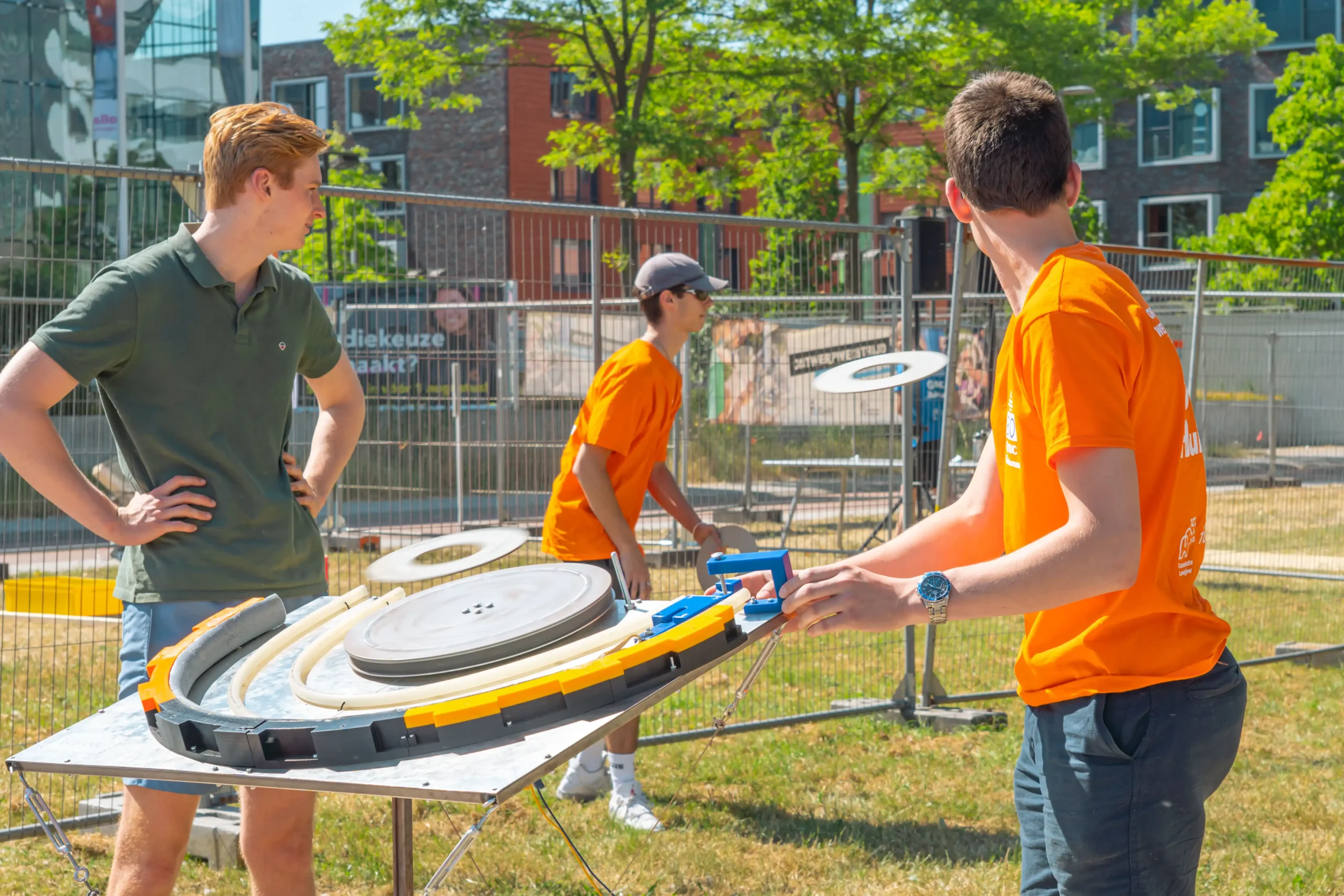
© Thijs van Reeuwijk
“Watching the pod (Hyperloop cabin, ed.) float while a huge crowd cheered us on was a euphoric moment,” team captain Umika Bhagole recalls on the final day of European Hyperloop Week. The Delft Hyperloop team took home the innovation award and the mechanics award, having demonstrated no fewer than three unique techniques with their hanging pod. Thanks to a series of electromagnets, the pod hovers just above the runway, eliminating friction. The pod is propelled by moving electromagnetic fields from the pod itself, and not from the track – as other teams did. This approach makes building a track a lot cheaper. The team also created a heat storage device that even works in the absence of air (after all, the Hyperloop is designed for a vacuum tube): a paraffin-based heat battery.
© EHW
Cold source
In mid-October, the Delft research reactor was shut down for six months to install the In-Pool-Assembly. The assembly is home to the university’s cold source and all the corresponding connections for hydrogen, helium and vacuum creation. “The cold source greatly slows down neutrons from the reactor, improving the resolution of measurements by a factor of 100. There’s nothing quite like it in the Netherlands”, says director Win Koppers. The cold neutron source can be used by researchers at TU Delft and other institutions.
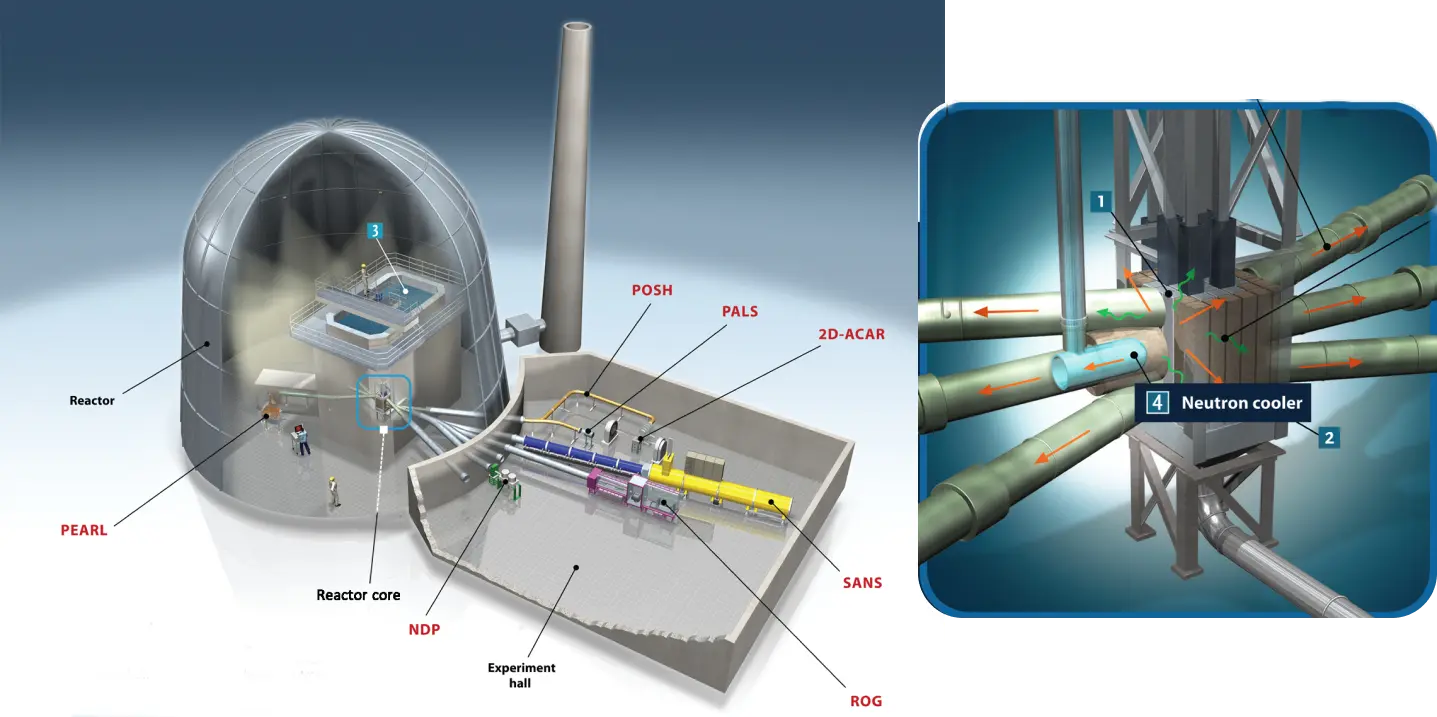
© Eric Verdult
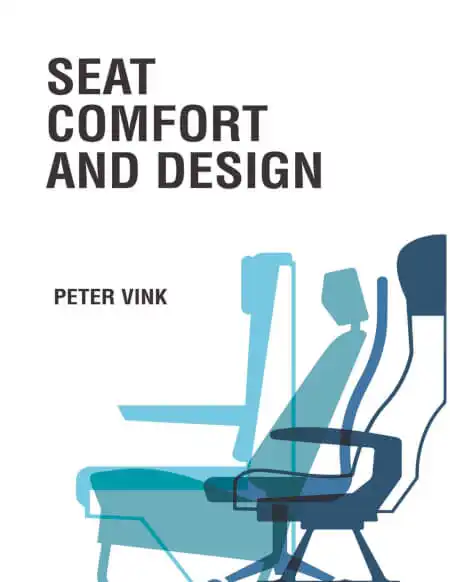
SITTING TIPS
Have you ever fidgeted or squirmed your way through a lecture? You’re certainly not the only one, sitting still for that long can be quite a slog. But how can you maximise seating comfort yourself and what requirements should a good seat meet? Ergonomist Peter Vink (Faculty of Industrial Design Engineering) has some tips – which readers with sedentary professions might also appreciate. 1 Vary your posture. 2 Go for a walk. 3 Adjust the angle of the backrest to the viewing angle (up or down). 4 Opt for a soft seat.

